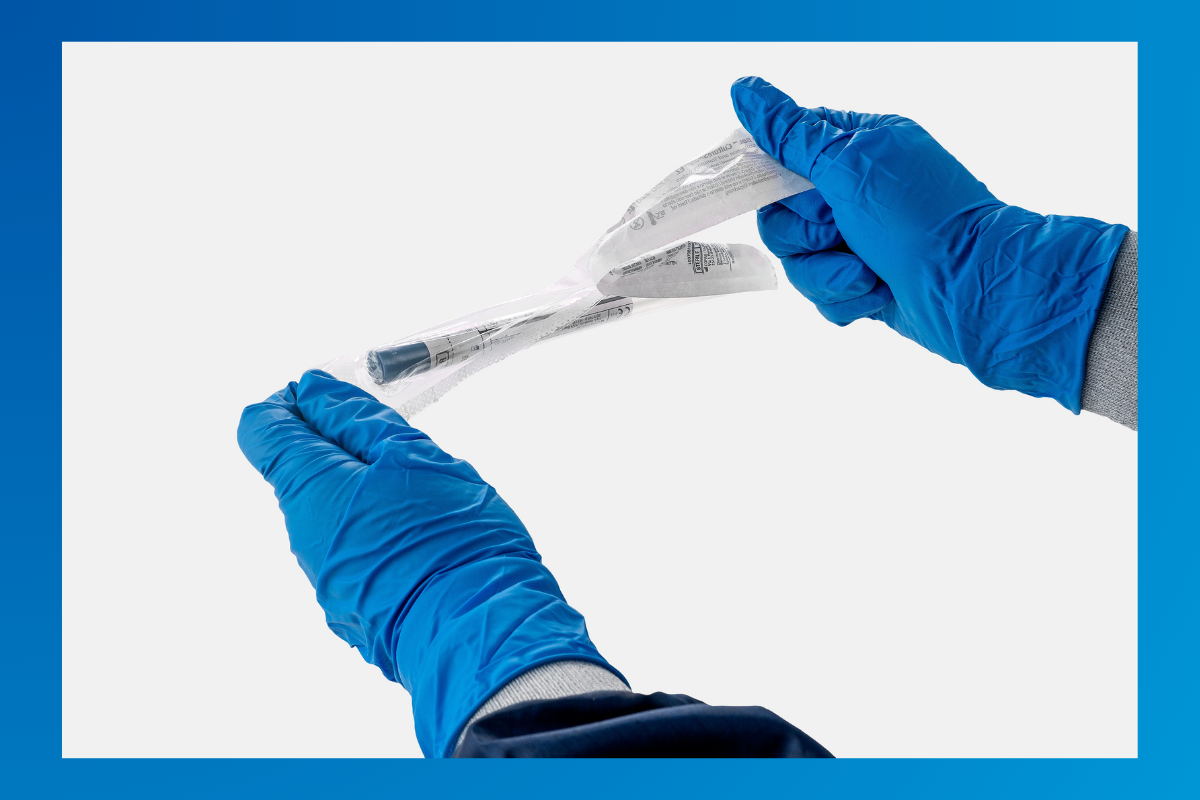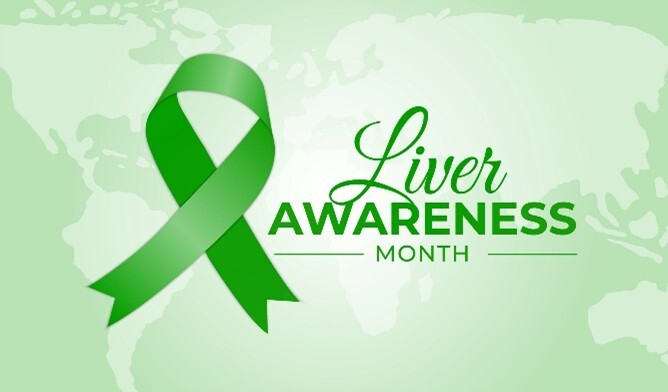In the world of medical devices and healthcare packaging, patient safety is the top priority, and a key reason why those of us in the industry do what we do every day. For terminally sterilized products, packaging is a primary contribution to the sterile barrier system and understanding how to meet the requirements to validate the safety and effectiveness of a solution can be daunting. Packaging Compliance Labs, a medical device packaging engineering, packaging validation lab, and contract packaging facility, has created an educational tool called “4 Pillars of Packaging Validation" to help guide packaging engineers through the process of meeting ISO 11607 expectations.
- PQ (Performance Qualification) – is the packaging process repeatable under normal manufacturing conditions?
Ship – after a packaged product has been manufactured, Distribution/Transit Validation will verify the design can withstand the rigors of sterilization and arrive at its final destination without damage to the product or the sterile barrier. It is important to consider and identify worst-case scenarios, different distribution channels, and climate variation.
Store – The product has made it to a hospital, warehouse, or other destination… now what? Accelerated and Real-Time Aging studies will demonstrate that the sterile integrity of the system is maintained during storage based on a target expiration date. Like Distribution Testing, it is key to consider and identify worst-case scenarios to help define testing parameters. This pillar in particular is a good spot to explore available historical data and evidence of similar products and packaging material/designs to design an appropriate protocol. Accelerated aging data may be used to establish a shelf life, but it must be backed up by real-time aging results downstream.
Use –Usability evaluation has received heightened attention in recent years with the introduction of the EU MDR and ISO 11607 revisions. There are a variety of ways to execute usability studies throughout the product and package development process, often led by human factors function within an organization, such as VOC or clinical focus groups. Once the design is frozen, an evaluation must be completed on the final product/package to ensure the end user can identify how to open the sterile barrier system and present the product in an aseptic manner without contaminating or damaging the contents.




